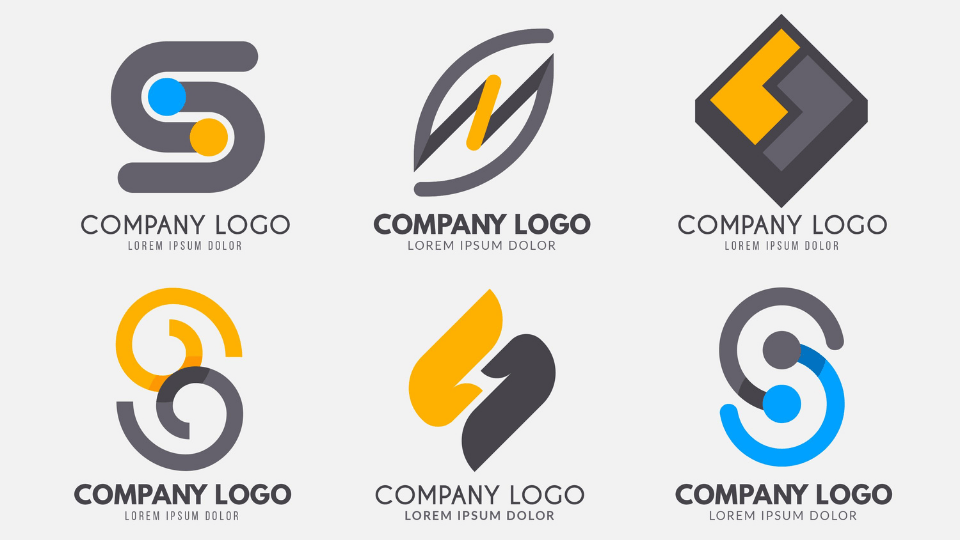In the complex process of branding, logo design is critical because it captures a brand’s identity and values in a single visual expression. Datanext understands that every aspect of a logo, from color to shape and typography, has a significant impact on customer behavior and brand impression. Here’s a detailed look at the psychology of great logo design and how Datanext applies these ideas to produce attractive and meaningful logos.
1. Color Psychology
Color is one of the most critical elements in logo design, as different colors can evoke different emotions and associations. For instance:
- Red is often associated with excitement, passion, and urgency, making it a popular choice for brands that want to appear energetic and bold.
- Blue conveys trust, dependability, and strength, which is why it is frequently used by financial institutions and tech companies.
- Green is commonly associated with health, growth, and sustainability, ideal for brands that want to emphasize their commitment to the environment or wellness.
Datanext utilizes these color psychology principles to help brands choose a color palette that accurately reflects their identity and appeals to their target audience.
2. Shape Psychology
The shapes used in logo design can also communicate a great deal about a brand. For example:
- Circles are often used to promote a sense of community, unity, and perfection.
- Squares and rectangles convey stability and reliability, projecting strength and professionalism.
- Triangles can suggest direction, movement, or growth, depending on their orientation.
Datanext carefully considers the psychological implications of different shapes to design logos that not only look aesthetically pleasing but also align closely with a brand’s message.
3. Typography Psychology
The choice of typeface in a logo can significantly affect how a brand’s message is conveyed. Serif fonts, which have small lines at the ends of their letters, are seen as traditional and reliable, while sans-serif fonts are viewed as modern and clean. Script fonts can add a personal, human touch, suggesting elegance or creativity.
Datanext selects typography that enhances the brand’s personality, ensuring that the text is not only readable but also emotionally resonant with the audience.
4. Simplicity vs. Complexity
The complexity of a logo can affect its memorability and recognizability. A simple logo is often more memorable and easier to recognize at smaller sizes, which is crucial in today’s digital age where logos must perform well across various media platforms. However, some complexity can be beneficial if it tells a story or adds a unique element without overwhelming the design.
Datanext strikes a balance between simplicity and complexity to ensure logos are versatile and effective across all branding touchpoints.
5. Cultural Considerations
Understanding cultural contexts is crucial in logo design. Certain colors, shapes, and symbols can have different meanings in different cultures. Datanext conducts thorough research to ensure that logos resonate positively across all intended markets, avoiding any cultural missteps.
Conclusion
By integrating psychological concepts to logo design, Datanext assists businesses in creating logos that not only capture the essence of their company but also connect with their target audience on a subconscious level. A well-designed logo is an effective tool for any business, influencing perceptions and increasing brand loyalty.

